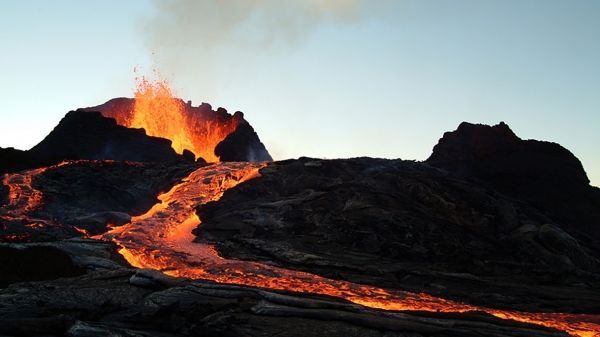A new study reveals why the magma chambers that feed recurrent and often explosive volcanic eruptions tend to reside in a very narrow depth range within the Earth’s crust. The findings, published in Nature Geoscience, could help scientists to better understand volcanic processes the world over.
The research makes use of computer models that capture the physics of how magma chambers, reservoirs in the crust that contain partially molten rock, evolve over time. The models showed that two factors — the ability of water vapor to bubble out of the magma, and the ability of the crust to expand to accommodate chamber growth — are the key factors constraining the depth of magma chambers, which are generally found between six and 10 kilometers deep.
“We know from observations that there seems to be a sweet spot in terms of depth for magma chambers that erupt repeatedly,” said Christian Huber, a geologist at Brown University and the study’s lead author. “Why that sweet spot exists has been an open question for a long time, and this is the first study that explains the processes that control it.”
Continue reading at Brown University
Image via Brown University


